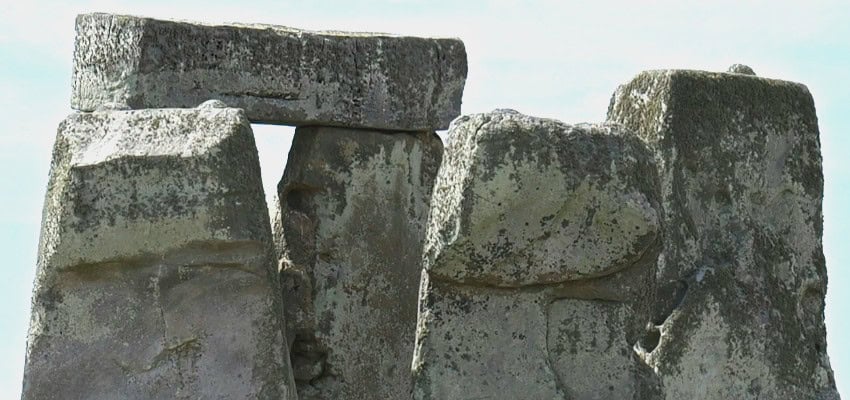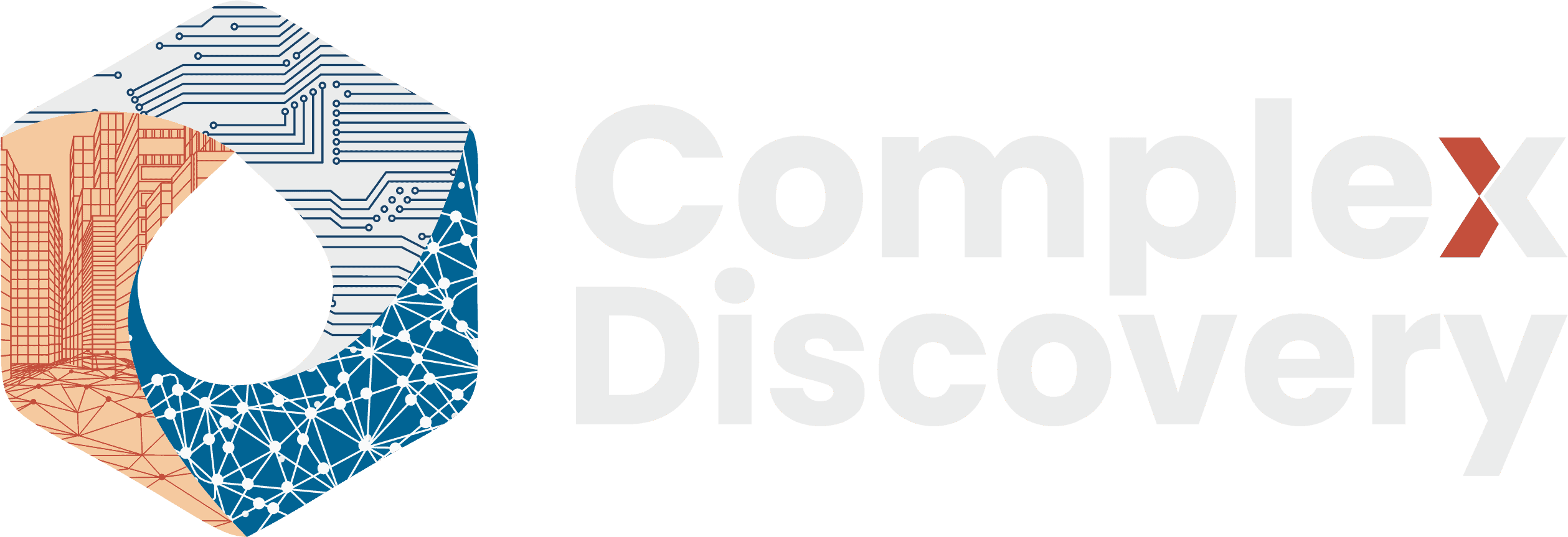Editor’s Note: In an age where digital information moves at the speed of light and context is often lost in the noise, this article offers a striking reminder: structure endures. By drawing a parallel between the ancient engineering of Stonehenge and the architecture of modern data systems, this cultural perspective encourages readers in the eDiscovery ecosystem and beyond to consider how perspective, precision, and intentional design shape understanding. Whether dealing with stone or metadata, truth isn’t found—it’s revealed through interpretation.
Content Assessment - Stonehenge and the eDiscovery Ecosystem: Structure That Endures
Information - 92%
Insight - 93%
Relevance - 90%
Objectivity - 90%
Authority - 93%
92%
Excellent
A short percentage-based assessment of the qualitative benefit expressed as a percentage of positive reception of the recent article from ComplexDiscovery OÜ titled, "Stonehenge: Ancient Order, Modern Insight."
Industry News – Photojournalism Beat
Stonehenge: Ancient Order, Modern Insight
ComplexDiscovery Staff
Standing among the rolling hills of Wiltshire, Stonehenge has captivated humanity for millennia. While most visitors see a mysterious relic of the ancient world, its enduring structure and enigmatic design offer surprising parallels to the challenges we face in today’s digital information landscape.
Through the Lens: Capturing Timeless Structure
During a recent photographic expedition to the United Kingdom, armed with a Panasonic LUMIX S9 and LUMIX S-R70300 70–300mm f/4.5–5.6 lens, Stonehenge revealed itself as more than just a symbol of the past. Through both sweeping wide-angle captures and intimate long-range details, the monument emerged as a mirror to modern systems of information and structure, layers of intention that continue to captivate observers across time and disciplines.

The photographic process itself became a metaphor for discovery. Each frame captured different truths: the monument’s relationship to its landscape, the intricate craftsmanship of individual stones, and the deliberate precision of its astronomical alignments. This visual exploration revealed how perspective shapes understanding—a principle that extends far beyond photography into the realm of modern data analysis and digital archaeology.
The Architecture of Endurance
Constructed between 3000 and 2000 BCE, Stonehenge represents far more than a collection of stones. It stands as a deliberate act of engineering, cosmology, and cultural expression. The monument’s design reflects careful alignment with solstices and celestial events, suggesting a sophisticated understanding of structure and significance that predates modern architecture and data science by thousands of years.
This ancient achievement mirrors today’s digital environments, where systems are built with both function and meaning in mind. In the realm of data-intensive legal and compliance work, enduring structure and intentional design prove critical to surfacing insight from complexity. Just as Stonehenge’s builders understood that lasting impact requires thoughtful architecture, modern information systems demand the same deliberate approach to organization and design.
The monument’s endurance is not accidental—it is architectural. This principle resonates powerfully in our digital age, where folder hierarchies, email chains, and metadata trails form a modern-day equivalent of ancient design principles. Structure enables interpretation, whether in historical monuments or digital ecosystems. Systems designed with purpose provide the clarity needed to reconstruct events and understand their context.

The Power of Perspective
Stonehenge reveals different truths depending on your vantage point. From a distance, it appears as a cohesive circle, its purpose seemingly unified and clear. Move closer, and the complexity emerges—stone texture, precise spacing, and masterful craftsmanship become apparent. Each perspective offers its own insights, and meaningful understanding requires the ability to shift focus seamlessly between the macro and the micro.
This flexibility of perspective proves equally crucial in modern analysis. Whether examining vast data sets or drilling down to individual data points, successful investigation depends on the ability to adjust focus dynamically. Modern investigation tools enable this fluidity, offering the capacity to scan for patterns, isolate anomalies, and reconstruct narratives from fragmented information.
Like archaeological work, successful digital inquiry depends on framing, sequencing, and thoughtful interpretation. The tools may have evolved from brushes and trowels to algorithms and analytics, but the fundamental principles of careful observation and structured analysis remain unchanged.

Where Ancient Wisdom Meets Modern Challenges
The parallels between Stonehenge and contemporary information systems extend beyond mere metaphor. Both represent attempts to create lasting order from chaotic elements, to impose meaning on complexity, and to preserve important information for future generations. In both cases, the challenge lies not just in construction but in creating systems that can be understood and interpreted long after their creators are gone.
Where structure breaks down, confusion grows. Where it persists, truth can be uncovered. This principle applies whether you’re examining 5,000-year-old stone arrangements or last week’s email exchanges. The quality of insight depends directly on the quality of the underlying structure and the sophistication of the interpretive approach.
The Ongoing Quest for Understanding
Stonehenge continues to provoke thought not because all its questions have been answered, but because it invites structured interpretation. The monument challenges us to look beyond surface appearances, to consider multiple perspectives, and to appreciate the sophistication of ancient engineering and design.
The same holds true in the digital realm, where context, structure, and analysis intersect to uncover meaning in fragmented information. Whether working with ancient stone or contemporary data, structure serves as the signal that cuts through noise and confusion.

A Final Reflection
Standing before Stonehenge, camera in hand, I was struck by a profound realization: both ancient monument and modern digital investigation share a common truth. In both cases, meaningful insights are rarely delivered fully formed. Instead, they must be carefully unearthed through patient observation, thoughtful analysis, and structured interpretation.
The stones of Stonehenge have weathered millennia precisely because their builders understood the importance of enduring structure. In our digital age, as we grapple with ever-increasing volumes of information, we would do well to remember this ancient lesson: truth is often unearthed, not delivered.
News Sources
- Robinson, R. (2025, July 1). Personal observations from a visit to Stonehenge, Wiltshire, UK.
- Stonehenge (English Heritage)
Assisted by GAI and LLM Technologies
Additional Reading
- Echoes of Innovation: Lessons from The Beatles for Legal Technology and Cybersecurity
- A Walk Through History: The Churchill War Rooms and the Power of Resilience
- The Architecture of Isolation: Cold War Cities and Corporate Silos
- Castles, Borders, and the Battle for Cyberspace
- “Bee vs. Elephant”: Estonia’s Agile Strategy Headlines Latitude59
- Strategic Innovation and Ukraine’s Tech Frontline at Latitude59 and Dublin Tech Summit
Source: ComplexDiscovery OÜ

























